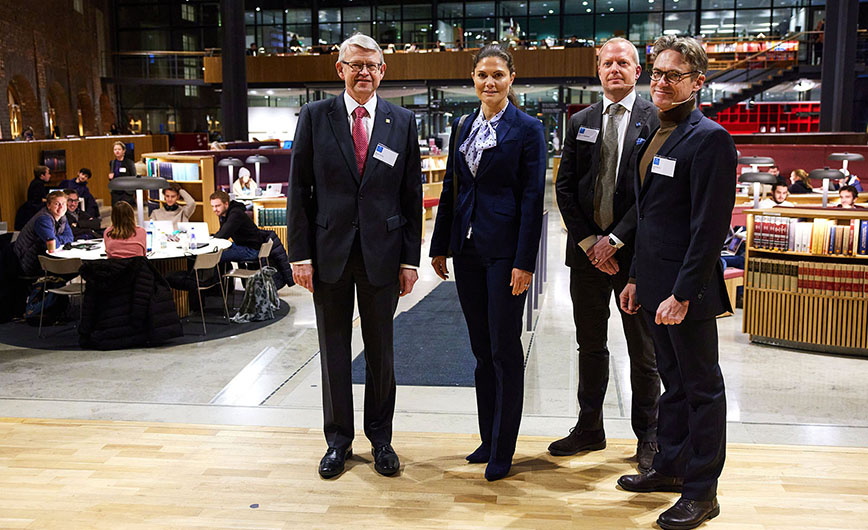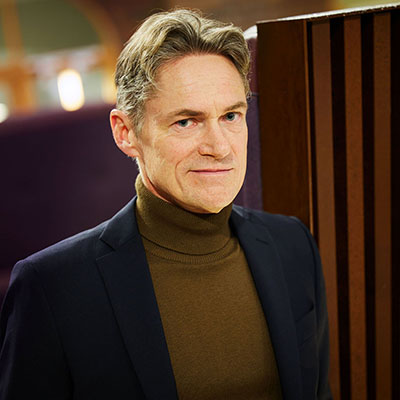Initiatives aimed at reversing deterioration of the Baltic Sea

The marine environment is worsening at a fast rate and KTH researchers are now working to reverse the trend in the Baltic Sea.
“We want to solve the problems by, among other ways, electronically monitoring the state of the sea. Data is critical for the ocean use revolution the world is facing,” says David Nilsson, scientific coordinator of the KTH Baltic Tech Initiative. Crown Princess Victoria of Sweden has attended a KTH presentation of the initiative.
The Baltic Sea has been in a poor state for a long time, primarily due to over-fertilisation, overfishing and toxic pollution. The problems are not only apparent in research reports—more and more fishers and residents of the Stockholm archipelago attest to empty nets, polluted swimming spots and overgrown bays.
Already before the pandemic, KTH researchers initiated an international environmental cooperation through the EU-initiative Clean Stormwater , which reduces toxins in water from cities and regulates the run-off to the oceans, David Nilsson says.
The discussions resulted in the KTH Baltic Tech Initiative, a collaboration project involving researchers, local industries, sponsors and residents of coastal areas.
“We want to bring hope for the environment,” Nilsson says. “For that reason we’ve chosen five projects to start with that have the potential to deliver clear results within a few years.”
Internet of the Oceans
“The exploitation of the oceans has only increased lately, as the seabed becomes a more important place for farming,” Nilsson says. “When access to fish diminishes, humans go from a hunting society to an agricultural society—even in a marine environment.”
“The oceans have a fantastic production capability, but when increasingly more people are becoming marine farmers we want to take responsibility promptly concerning algae and mussels, among other things. We don’t want slash and burn and unsustainable overexploitation of the oceans,” Nilsson says.

To counter what Nilsson calls “an ecological catastrophe following our misuse of the marine environment” researchers most importantly need to figure out the oceans’ actual state of health.
“The state of the oceans is so critical that we need real-time data. So far real-time data has been used on land and in space, but now the equivalent is needed in the marine environment to ensure a sustainable use of the ocean,” says Nilsson.
“Through the KTH Baltic Tech Initiative we contribute to a data revolution for the oceans. An ‘Internet of the Oceans’.”
As part of the data revolution, there will be continuous monitoring of salinity, temperature and oxygen level. This will be conducted by using small floatable sensors, which can be attached to boats and ships, in docks and on bridge constructions.
The KTH Baltic Tech Initiative primarily aims to provide technical solutions addressing three of the Baltic Sea’s top problems: human impact, internal strain and over-fertilisation, and insufficient information (see below).
“The aim of these concrete and efficient efforts is to quickly get confirmation that they actually work. We want to show field operating activity and not just scientific reports. And we also hope that it will lead to more collaboration with others engaged in the Baltic Sea and our marine environments,” Nilsson says.
Katarina Ahlfort
Photo: Fredrik Persson
More about the KTH Baltic Tech Initiative (in Swedish)
